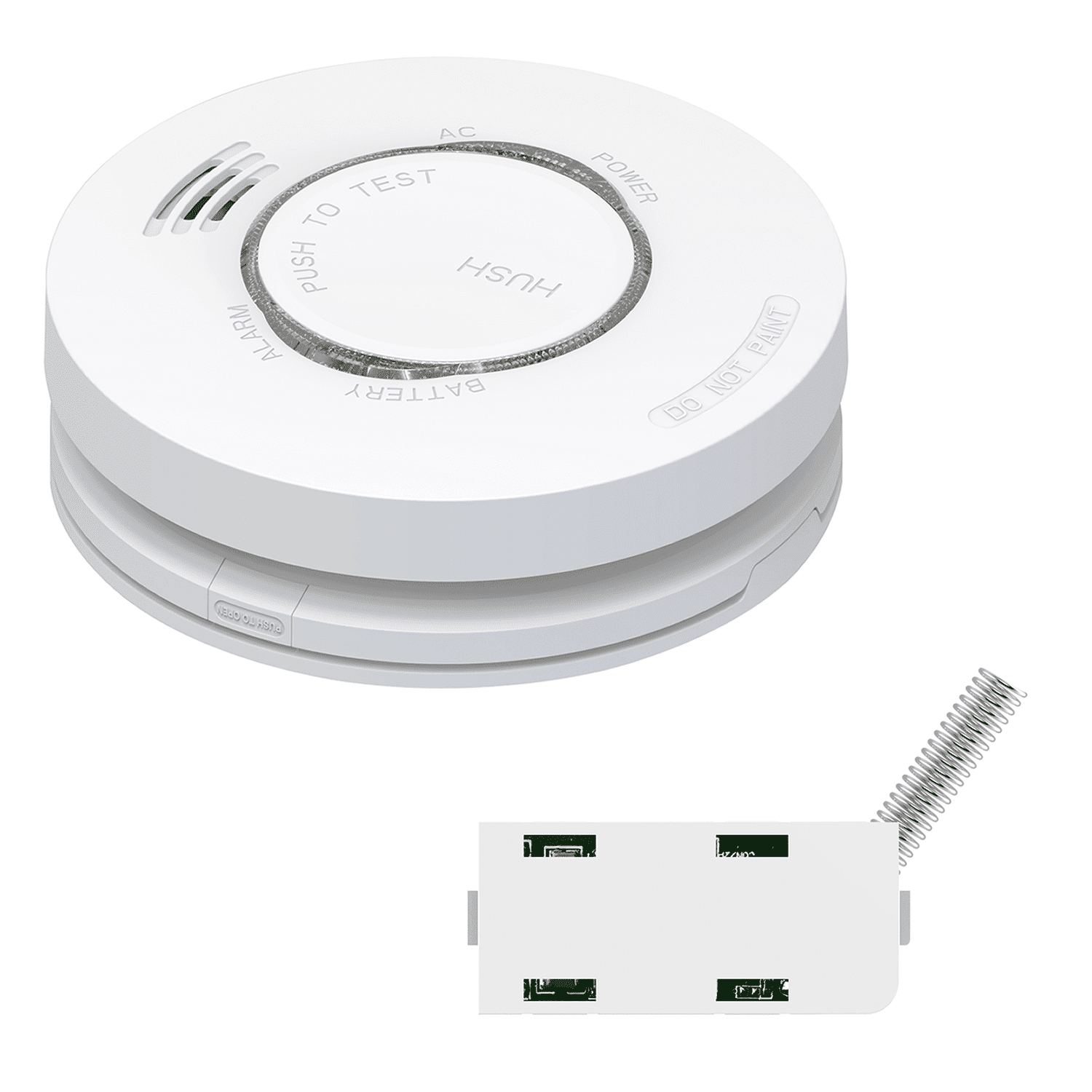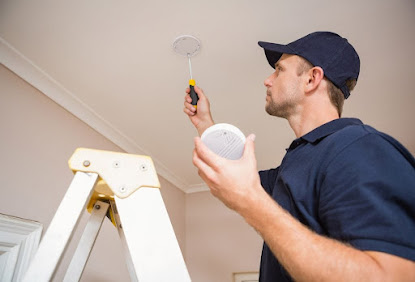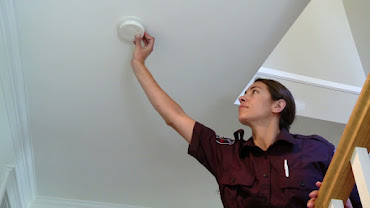The Top Considerations for Fire Alarms Installation: Choosing the Right System
Installing a fire alarm system is a critical component of protecting your property and its occupants from the devastating effects of a fire. With so many options available, choosing the right system can be a daunting task. In this article, we will discuss the top considerations for fire alarm installation, including the type of system, location, and maintenance.
Types of Fire Alarm Systems
There are several types of fire alarm systems, and each has its own unique set of features and benefits. The two most common types are conventional and addressable.
Conventional fire alarm systems are typically less expensive than addressable systems and are often used in smaller buildings. These systems are wired so that each detector or alarm is connected to a central control panel. When a detector is triggered, the control panel indicates which zone the fire is in, but it does not provide specific location information.
Addressable Fire Alarm Systems
Addressable fire alarm systems are more advanced than conventional systems and provide specific location information in addition to zone information. Each detector or alarm is assigned a unique address, which is displayed on the control panel when the device is triggered. Addressable systems are typically used in larger buildings and provide more precise information in the event of a fire.
Location of Fire Alarms
Proper placement of fire alarms is essential for early detection and warning of a fire. The location of fire alarms is determined by the building's size, layout, and use.
Bedrooms and Living Spaces
Smoke detectors should be installed in every bedroom, living space, and hallway outside of sleeping areas. In homes with multiple floors, alarms should be installed on each level, including the basement.
Kitchens and Garages
Kitchens and garages require special consideration when installing fire alarms. Smoke and heat detectors in these areas can be triggered by normal cooking or car exhaust fumes. Therefore, it is recommended to install heat detectors instead of smoke detectors in kitchens and garages.
Stairways and Elevator Shafts
Stairways and elevator shafts should have smoke detectors installed at the top and bottom of each floor to provide early warning of a fire.
Maintenance of Fire Alarms
Once a fire alarm system is installed, it is critical to maintain it properly to ensure it will function correctly in the event of a fire. Here are some maintenance considerations for fire alarms.
Regular Testing
Fire alarms should be tested regularly to ensure they are functioning correctly. Test the system at least once a month by pressing the test button on the control panel.
Battery Replacement
Smoke detectors typically have a 10-year lifespan, and the batteries should be replaced every six months. It is essential to replace the batteries on schedule to ensure the alarms will work correctly in the event of a fire.
Professional Maintenance
Fire alarms should be professionally maintained at least once a year. A professional technician can check the system for any issues and ensure it is functioning correctly.
Conclusion
Fire alarm installation is a critical component of protecting your property and its occupants from the devastating effects of a fire. Consider the type of system, location, and maintenance when selecting a fire alarm system. Proper installation and maintenance of fire alarms can save lives and prevent property damage.




Comments
Post a Comment